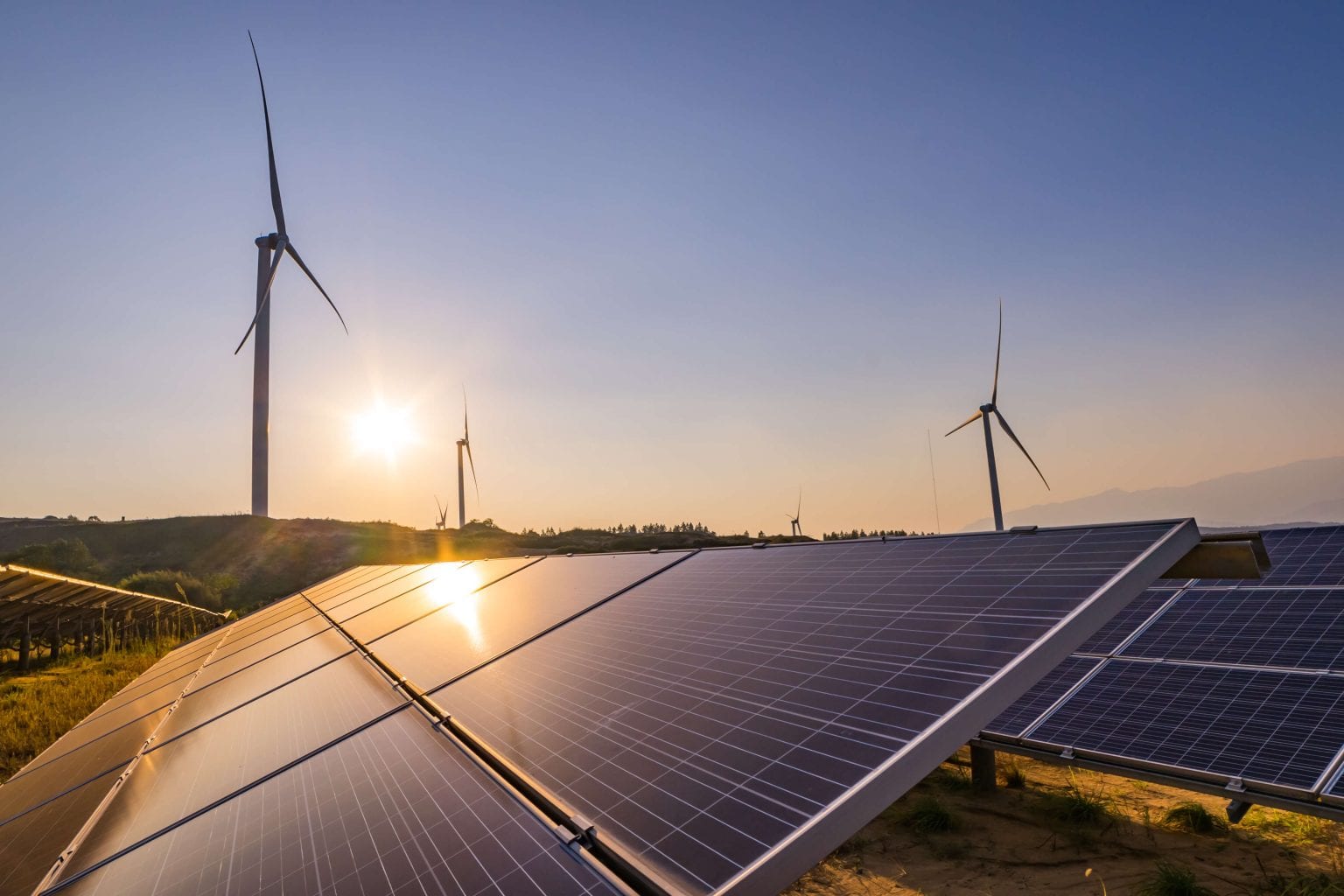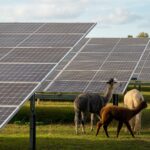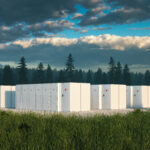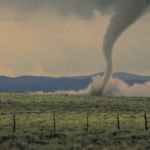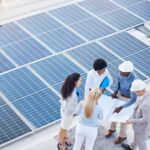Are you a landowner considering leasing your property to a renewable energy company? The two big players are solar and wind.
And before you decide which option is right for you, we highly encourage you to consider the benefits of solar over wind.
Option Period Length
The option period is the time between signing a renewable energy lease and having the development installed. The developer pays a small amount of rent during this period, but there’s no obligation to commence construction.
For solar, the option period is typically three to five years. Wind can be much longer—generally five to seven years.
Site Acquisition
Solar sites are based on the microclimate and infrastructure in the immediate area. Panels can be installed at any scale. Developers take a more targeted approach to acquiring suitable sites for solar projects. This can allow developers to have a more focused relationship with whom they choose to propose a lease.
In contrast, wind installations typically stretch across large parcels of land. As a result, wind developers often obtain property under option before knowing where they actually want to build. They tend to sign agreements with a more canvassed-style approach, leaving many landowners hanging.
Infrastructure Options
Solar is more flexible when it comes to high-voltage interconnection. With a more compact footprint, a solar project can scale, and can typically justify, extremely high interconnection costs on transmission lines as large as 500 kilovolts (kV). To work economically, wind is required to have option agreements with many different landowners for interconnection to similar high-voltage lines.
Noise and Aesthetics
Wind turbines stand hundreds of feet tall, causing an eyesore in all directions from miles away. They also generate lots of noise when operating.
Thanks to solar’s low profile, you don’t even know the panels are there until you’re up close. Solar also operates soundlessly with no moving parts. This means you’re less likely to get pushback from neighbors about aesthetic concerns and noise disturbances.
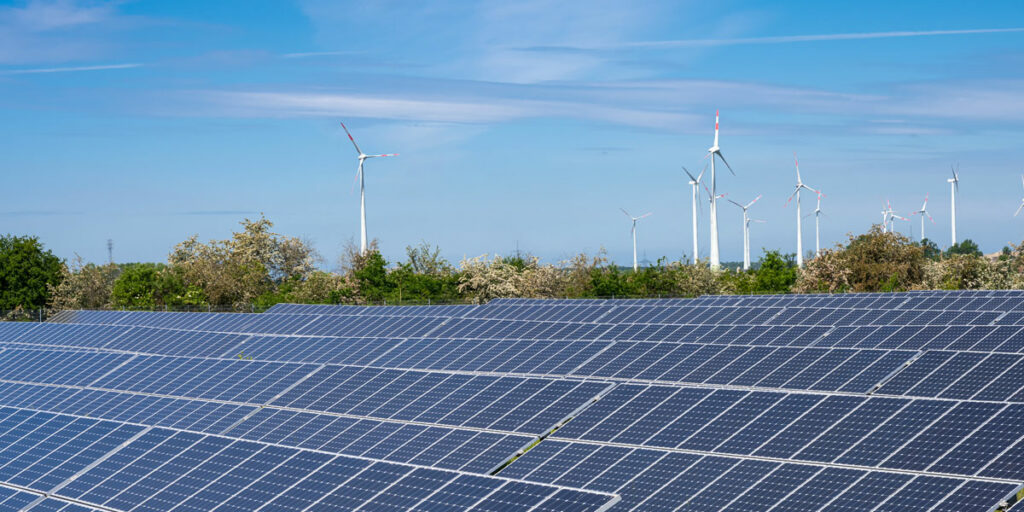
Installation and Decommissioning
Wind turbines don’t just stand tall—they also extend several feet underground, utilizing a lot of concrete for stability. This, along with extensive subsurface electric equipment and cabling, makes decommissioning a wind installation a major hassle that can damage farmland and farming infrastructure. Plus, wind turbine blades aren’t recyclable, meaning those that have reached the end of their life spans are now piling up in landfills.
Solar has a much less invasive installation process, with panels installed on six-foot posts around the property. Even though solar panels take up more acreage, there is much less risk for lasting damage to the land. Plus, silicon solar modules are comprised of glass, plastic, and aluminum—three materials that are recycled in mass quantities.
Profitability
In general, solar costs more to install than wind. But if you’re a landowner, you care more about what renewable energy companies will pay to lease your property. We find that landowners average up to six times the price that cropland would generate when they choose to lease their land for solar development. Because developers know that wind is less profitable than solar, they are not likely to offer competitive rates.
Get Help Leasing Your Property for Solar
If you’re a landowner interested in profiting from a solar farm, reach out to Scout Land Consultants. We are mediators between landowners and developers, helping to ensure the smoothest, most successful project for everyone involved.
To request a complimentary site evaluation, please contact us today.
